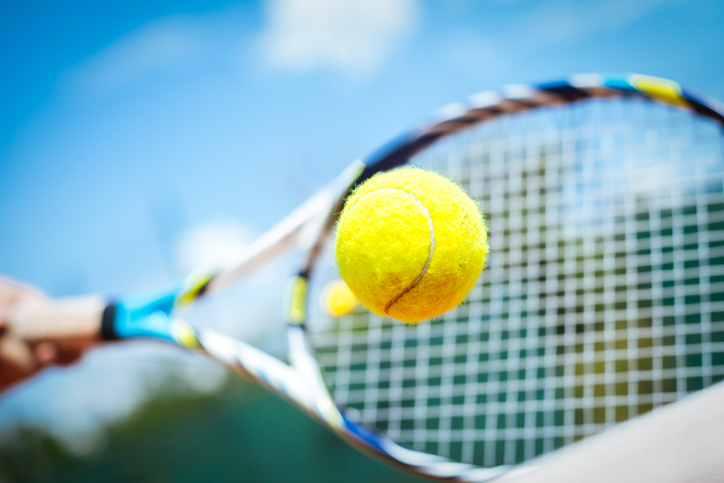The Importance of Acceleration Training the Spanish Way

Spanish players are well known for their powerful groundstrokes, and in particular, famous for their forehands. Big, whippy, heavy RPM forehands typify the Spanish style, and many successful players have built their games around this shot.
Think of Spanish champions like Sergi Bruguera, Carlos Moya, Juan-Carlos Ferrero, and of course, the greatest Spanish champion of all—Rafael Nadal … all have incredible acceleration on their forehands.
This is not by accident of course. Creating a massive forehand has become part of the system in Spain, and the coaches there have created a method that fosters and develops huge spin and power.
It probably all started with Lluis Bruguera and his son Sergi in the 1980s. Sergi was the first Spaniard to demonstrate the power of spin, using his incredible forehand to dominate opponents, pin them behind the baseline, and beat them into submission. Lluis encouraged his son to hit his forehand with the wrist and arm loose, which ran counter to the traditional style of forehand that was taught in that era. Part of Lluis' genius was allowing Sergi to break the mold and innovate. In addition, he realized that this would be the future of the forehand on tour, and he developed a series of exercises to build a forehand like Sergi's for all the players at the Bruguera Academy in Barcelona.
This Bruguera Method was adopted and adapted by many coaches throughout Spain, to the point where now all across the country there is a common emphasis placed on developing a heavy spin forehand weapon using a relaxed wrist and lower arm.
I use this method with excellent results for my players in New York and around the country. Observers note that many of my students produce more RPM than typical players from the northeastern U.S. in particular, and this is clearly a result of the Spanish exercises I do daily and weekly with players.

It's important to realize that many American players struggle to win on clay because they never learn to generate enough power and spin on their own. For players from areas of the country that consist of mainly indoors and hard, faster courts, this is a common pitfall. Fast courts provide a lot of energy to the ball; slow courts are the opposite and thus force players to learn to use their kinetic chain maximally. On slow European clay, in particular, players who can generate power and spin have a significant advantage. Spanish players combine this edge with superior stamina and movement/footwork development, and you can see why they are tough to beat on slow surfaces.
Learning to teach acceleration using the Spanish method takes practice, but uses relatively simple exercises to overload the arm and build power cumulatively over time. This Spanish approach can be integrated into a variety of training regimens successfully and adapted even to players who don't play with a lot of RPM.
Exercises focus on building acceleration and a loose arm, while simultaneously maintaining leg stability, body posture and balance, extension, body control and weight shift.
The importance of acceleration training cannot be underestimated, and I truly believe that by applying the Spanish exercises consistently over the course of many years, big shots can be made bigger, and weak players can be made stronger. Racquet speed can be gradually enhanced and increased over time, as compared to that of players who are never exposed to this type of training.
Indeed, just look at the many excellent and dominating Spanish forehands on the pro tour for evidence of the profound effect of consistent long-term acceleration training. Those big Spanish shots are not by accident—they are systematically built!







